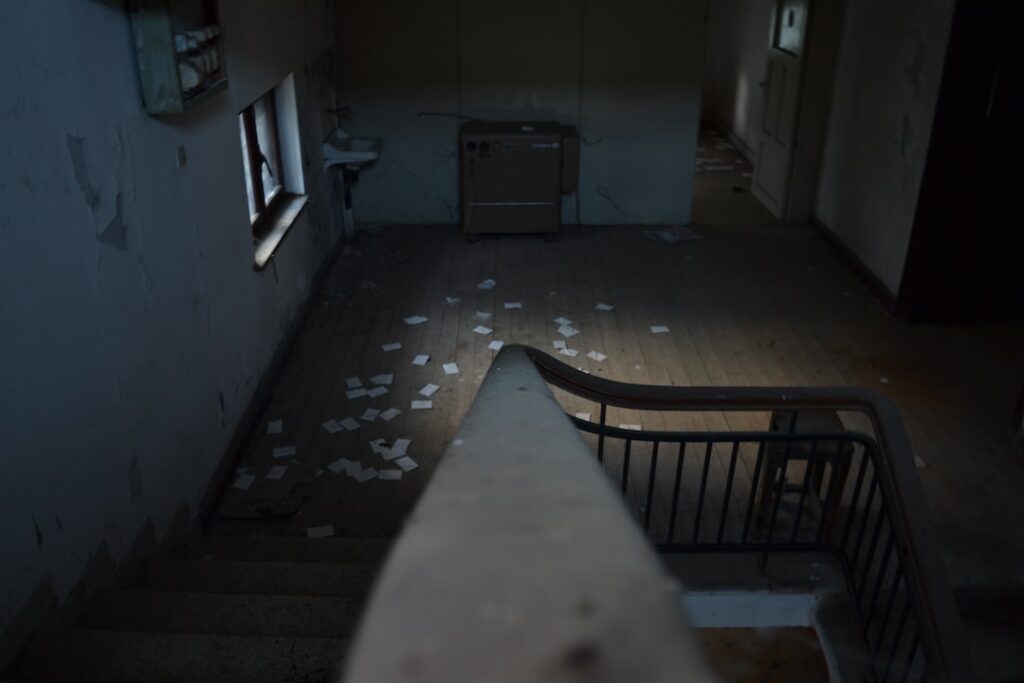1. What You Need to Know Before Waterproofing Your Finished Basement
When it comes to protecting your home from water damage, waterproofing your basement should be a top priority. While it may seem like an overwhelming task, waterproofing your finished basement doesn’t have to be a difficult process. Here are some important things to consider when it comes to waterproofing your basement:
Identify the Source of the Water
Before you begin waterproofing your finished basement, it is important to identify the source of the water. Is the water coming from the walls, the floor, or both? If the water is coming from the walls, you may need to install a sump pump and drainage system. If the water is coming from the floor, you may need to use a waterproofing membrane or a sealant to keep the water out.
Determine the Severity of the Problem
Once you have identified the source of the water, it is important to determine the severity of the problem. If the water is coming from a single source, such as a leaky pipe, the repair may be relatively simple. However, if the water is coming from multiple sources, or if the water is rising from the ground, the repairs may be more extensive.
Choose the Right Waterproofing Solution
When it comes to waterproofing your finished basement, it is important to choose the right solution for your specific situation. Depending on the severity of the problem, you may need to install a sump pump and drainage system, use a waterproofing membrane, or use a sealant. It is important to consult with a professional to determine the best waterproofing solution for your basement.
Prepare the Basement for Waterproofing
Once you have identified the source of the water and determined the severity of the problem, it is important to prepare the basement for waterproofing. This includes removing any furniture, carpets, and other items from the basement and clearing away any debris or dirt. Once the basement is cleared, it is important to inspect the walls and floor for any cracks or other damage that may need to be repaired before waterproofing can begin.
2. Step-by-Step Guide to Waterproofing Your Finished Basement
Waterproofing your finished basement is an important step in keeping your home dry and free from damage. With the right approach and some know-how, you can easily waterproof your basement and protect your home from moisture and water damage. Here is a step-by-step guide to waterproofing your finished basement.
Step 1: Check for Signs of Moisture
The first step in waterproofing your finished basement is to check for any signs of moisture. Look for water stains on walls and floors, as well as signs of mold or mildew. If you find any, you’ll need to address the issue before you can proceed with waterproofing.
Step 2: Install a Drainage System
Once you’ve identified any signs of moisture, you’ll need to install a drainage system. This will allow any water that accumulates in your basement to be diverted away from your home. You can use a sump pump to pump water out of your basement or install a perimeter drainage system.
Step 3: Seal Any Cracks and Gaps
Once you’ve installed a drainage system, you’ll need to seal any cracks or gaps in your basement walls and floors. This will prevent any water from entering your home. You can use a waterproof sealant or a concrete sealer to do this.
Step 4: Install a Vapor Barrier
The last step in waterproofing your finished basement is to install a vapor barrier. This will help prevent any moisture from entering your basement and causing damage. You can use a sheet of plastic or a specially designed vapor barrier system to do this.
3. How to Test Your Finished Basement for Waterproofing Success
Testing your finished basement for waterproofing success is essential to ensure your basement remains dry and free of mold and mildew. Waterproofing is a critical part of basement maintenance and can save you thousands of dollars in repairs down the road. Here are some tips for testing your basement for waterproofing success:
Visual Inspection
A visual inspection is a great place to start when testing your basement for waterproofing success. Look for signs of water damage such as watermarks, peeling paint, mold, and mildew. If you see any of these signs, you may need to invest in waterproofing solutions to prevent further damage.
Check for Leaks
Check for leaks by looking for water around the windows, doors, and other places where water can enter the basement. If you find any leaks, you will need to repair them as soon as possible to ensure your basement stays dry.
Install a Sump Pump
Installing a sump pump is a great way to ensure your basement stays dry. A sump pump is a device that pumps out water that has collected in your basement. This is an effective way to protect your basement from flooding and water damage.
Check for Drainage Issues
Check for drainage issues by examining the gutters and downspouts to make sure they are in good working condition. If they are clogged or damaged, water can easily enter your basement and cause damage. Make sure to keep them clean and free of debris to ensure proper drainage.
Testing your finished basement for waterproofing success is essential to keep it dry and free of mold and mildew. By following these tips, you can make sure your basement stays in top condition for years to come.
4. Common Mistakes to Avoid When Waterproofing Your Finished Basement
Waterproofing your basement is essential for protecting your home from moisture damage and mold growth. However, there are some common mistakes that people make when attempting to waterproof their basement, and it’s important to avoid them if you want your waterproofing efforts to be successful. Here are four of the most common mistakes to avoid when waterproofing your finished basement:
1. Skipping the Pre-Waterproofing Steps
Before waterproofing your basement, it’s important to take some pre-waterproofing steps to ensure that your basement is in the best condition possible. This includes checking the foundation for cracks and sealing them, cleaning the walls and floors, and ensuring that the gutters and downspouts are functioning properly. Skipping these steps can lead to a less effective waterproofing job and may result in water damage in the future.
2. Not Adding a Waterproofing Membrane
A waterproofing membrane is a key component of any basement waterproofing job. This membrane is applied to the walls and floors of the basement to prevent water from seeping through. Without a waterproofing membrane, your basement may be susceptible to water damage and mold growth.
3. Not Installing a Sump Pump
A sump pump is essential for any basement waterproofing job. This pump is installed in the lowest part of the basement and collects any water that may enter the basement, preventing it from causing damage. Without a sump pump, your basement is much more likely to experience water damage in the future.
4. Not Checking for Leaks After Waterproofing
Once you’ve completed the waterproofing process, it’s important to check for leaks to ensure that the job was done correctly. If you notice any water leaks, it’s important to address them as soon as possible to prevent further damage.
5. Expert Tips for Waterproofing Your Finished Basement
Waterproofing your basement is an important step in protecting your home from potential water damage. With the right materials and a few expert tips, you can successfully waterproof your finished basement and keep it dry for years to come.
Tip 1: Check for Water Leaks The first step in waterproofing your basement is to check for any existing water leaks. Inspect all the walls and floors for any cracks or gaps that could be allowing water to seep in. If you find any, make sure to repair them before proceeding with the waterproofing process.
Tip 2: Install a Sump Pump Installing a sump pump is one of the most effective ways to protect your basement from water damage. The pump is designed to remove excess water from the basement and keep it from flooding. It’s important to ensure that the sump pump is properly installed and working correctly to prevent any future water damage.
Tip 3: Use a Waterproofing Paint Applying a waterproofing paint to the walls and floors of your basement is another great way to keep it dry. Make sure to use a paint specifically designed for waterproofing and follow the manufacturer’s instructions for best results.
Tip 4: Install a Dehumidifier High humidity levels in your basement can lead to moisture problems, so it’s important to keep them under control. Installing a dehumidifier can help keep the air in your basement dry and prevent moisture from seeping into the walls and floors.


